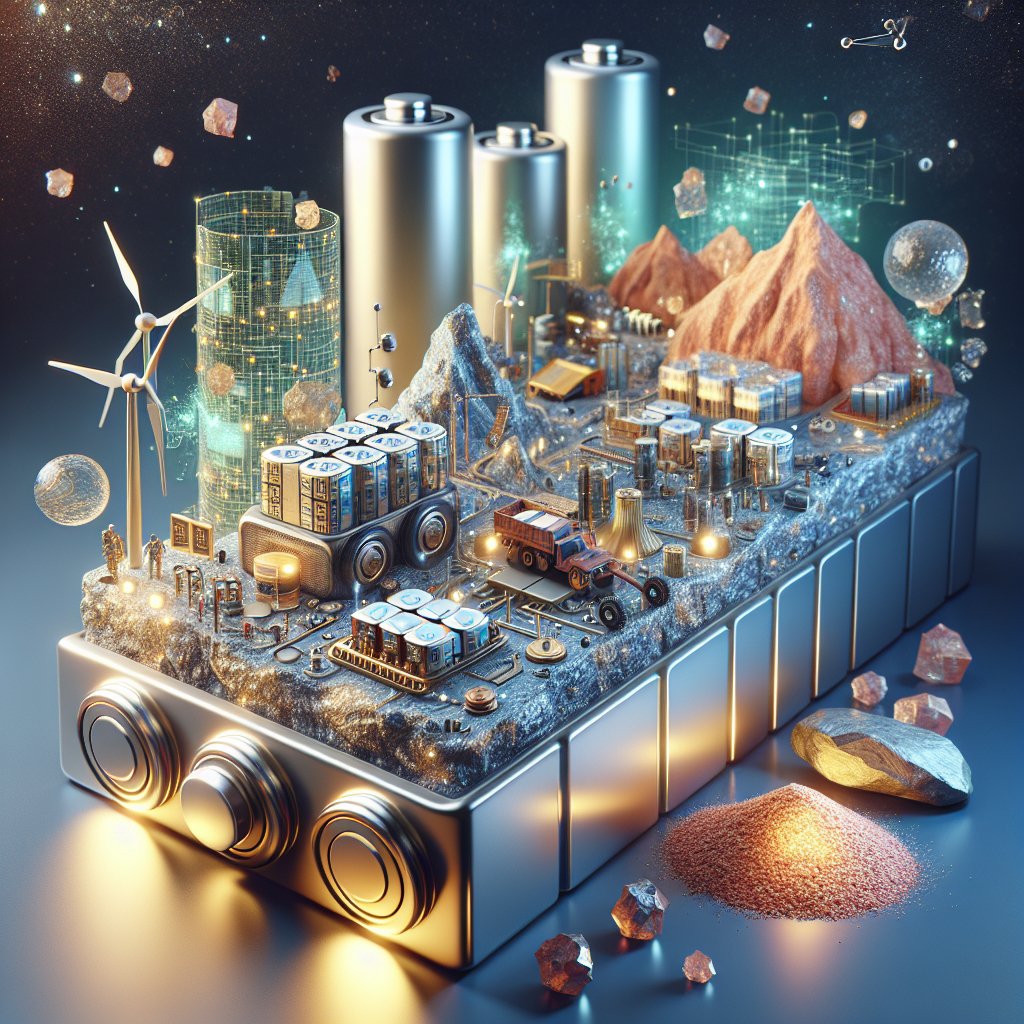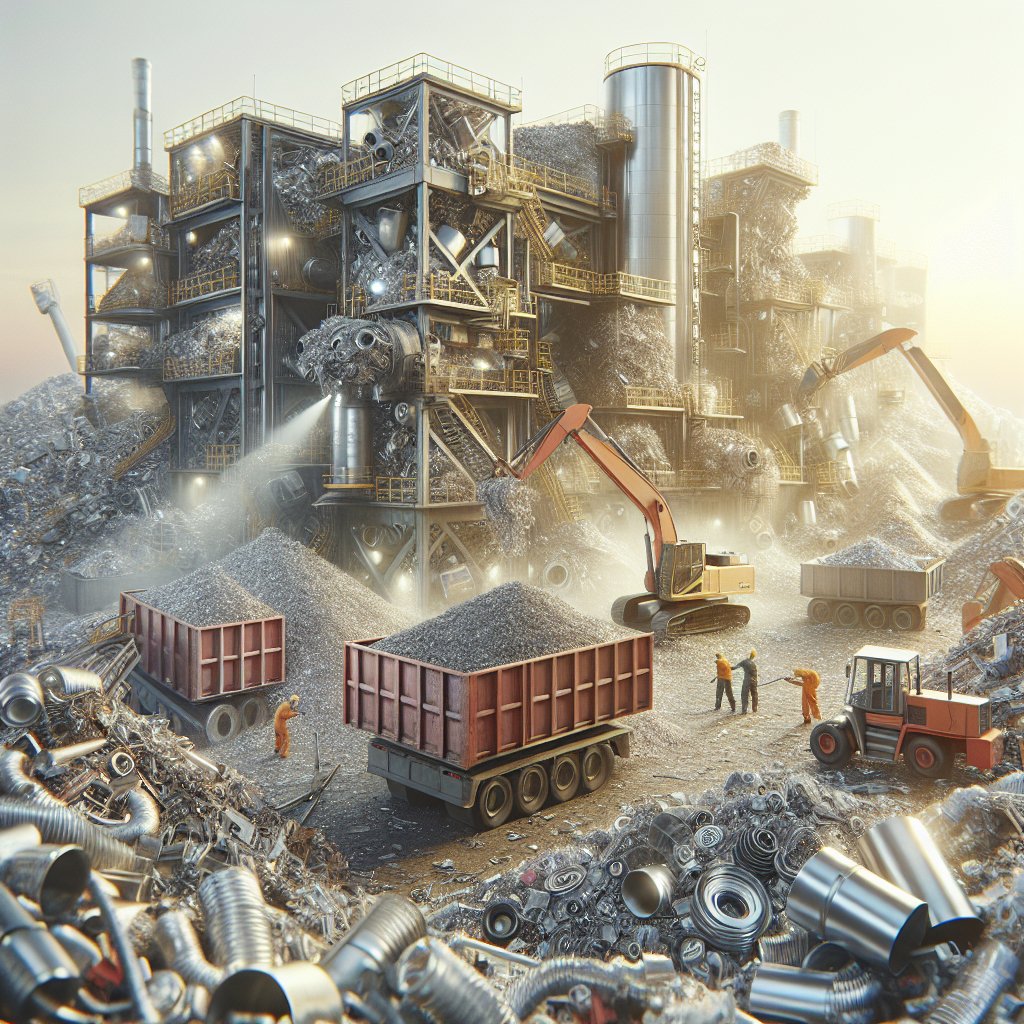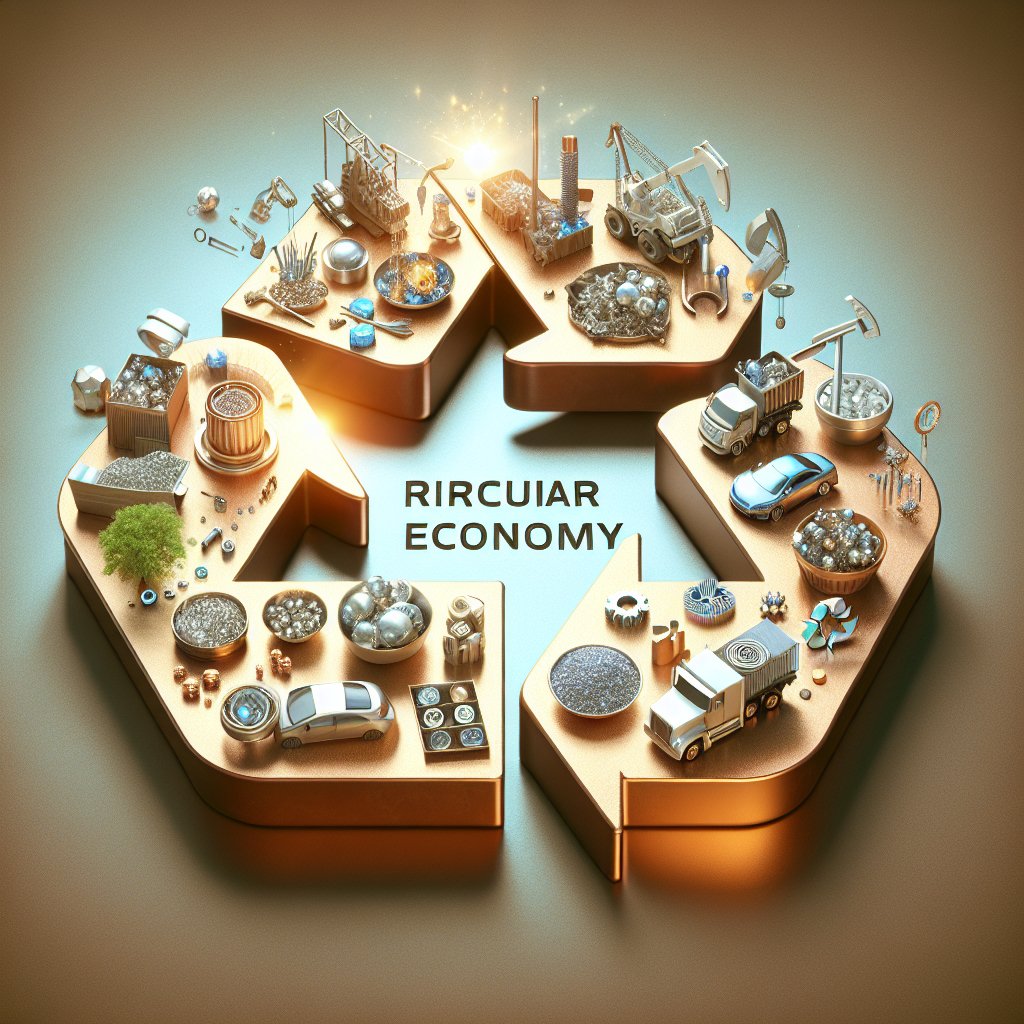The future of lithium-ion batteries is a topic of growing concern as the demand for these energy storage solutions continues to rise. With the increasing reliance on renewable energy sources and the proliferation of electric vehicles, the question arises: will we have enough materials to sustain this growth? This article delves into the complexities surrounding the availability of rare metals essential for lithium-ion batteries, exploring the current state of resources, potential alternatives, and the implications for the global market.
The Current State of Rare Metal Resources
Lithium-ion batteries are composed of several key materials, including lithium, cobalt, nickel, and manganese. Each of these elements plays a crucial role in the battery’s performance, energy density, and longevity. However, the availability of these materials is not evenly distributed across the globe, leading to potential supply chain vulnerabilities.
Lithium, often dubbed “white gold,” is primarily extracted from brine pools in South America and hard rock mines in Australia. While lithium reserves are relatively abundant, the extraction and processing of this metal pose environmental challenges. The water-intensive nature of lithium extraction in arid regions raises concerns about sustainability and the impact on local ecosystems.
Cobalt, another critical component, is predominantly sourced from the Democratic Republic of Congo (DRC), which accounts for over 60% of global production. The DRC’s cobalt mining industry is fraught with ethical issues, including child labor and poor working conditions. These factors contribute to the volatility of cobalt prices and raise questions about the long-term viability of relying on this resource.
Nickel and manganese are more widely available, but their extraction and refinement also come with environmental and geopolitical challenges. The increasing demand for these metals has led to intensified mining activities, which can result in habitat destruction and pollution if not managed responsibly.
Exploring Alternatives and Innovations
As the demand for lithium-ion batteries continues to grow, researchers and industry leaders are exploring alternative materials and technologies to mitigate the risks associated with rare metal shortages. One promising avenue is the development of solid-state batteries, which could potentially reduce or eliminate the need for some of the critical metals currently used in lithium-ion batteries.
Solid-state batteries replace the liquid electrolyte found in traditional lithium-ion batteries with a solid electrolyte, offering several advantages, including increased energy density, improved safety, and longer lifespan. While still in the experimental stage, solid-state technology has the potential to revolutionize the battery industry and reduce dependence on scarce resources.
Another area of innovation is the recycling of lithium-ion batteries. By recovering valuable metals from used batteries, the industry can reduce the need for new raw materials and minimize environmental impact. Advances in recycling technology are making it increasingly feasible to extract lithium, cobalt, and other metals from spent batteries, creating a more sustainable supply chain.
Additionally, researchers are investigating the use of alternative materials, such as sodium-ion and magnesium-ion batteries, which rely on more abundant and less environmentally damaging resources. While these technologies are not yet commercially viable, they represent a promising direction for future research and development.
Implications for the Global Market
The availability of rare metals for lithium-ion batteries has significant implications for the global market, influencing everything from the cost of electric vehicles to the feasibility of large-scale renewable energy storage. As demand for these batteries continues to rise, the pressure on supply chains will likely increase, potentially leading to higher prices and increased competition for resources.
Countries with abundant reserves of critical metals, such as lithium and cobalt, may find themselves in a position of strategic advantage, able to leverage their resources for economic and geopolitical gain. However, this could also lead to increased tensions and conflicts over resource control, particularly in regions with unstable political environments.
To address these challenges, international cooperation and policy frameworks will be essential. Governments and industry leaders must work together to ensure the responsible sourcing and use of rare metals, promoting sustainable practices and supporting research into alternative technologies.
In conclusion, while the future of lithium-ion batteries holds great promise for advancing clean energy and transportation, it also presents significant challenges related to the availability and sustainability of rare metals. By investing in innovation, recycling, and international collaboration, we can work towards a more secure and sustainable future for energy storage technologies.












